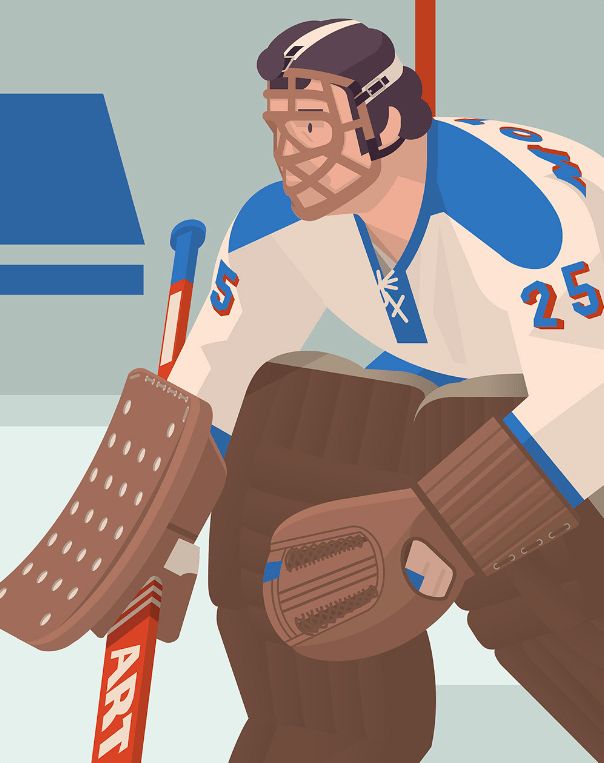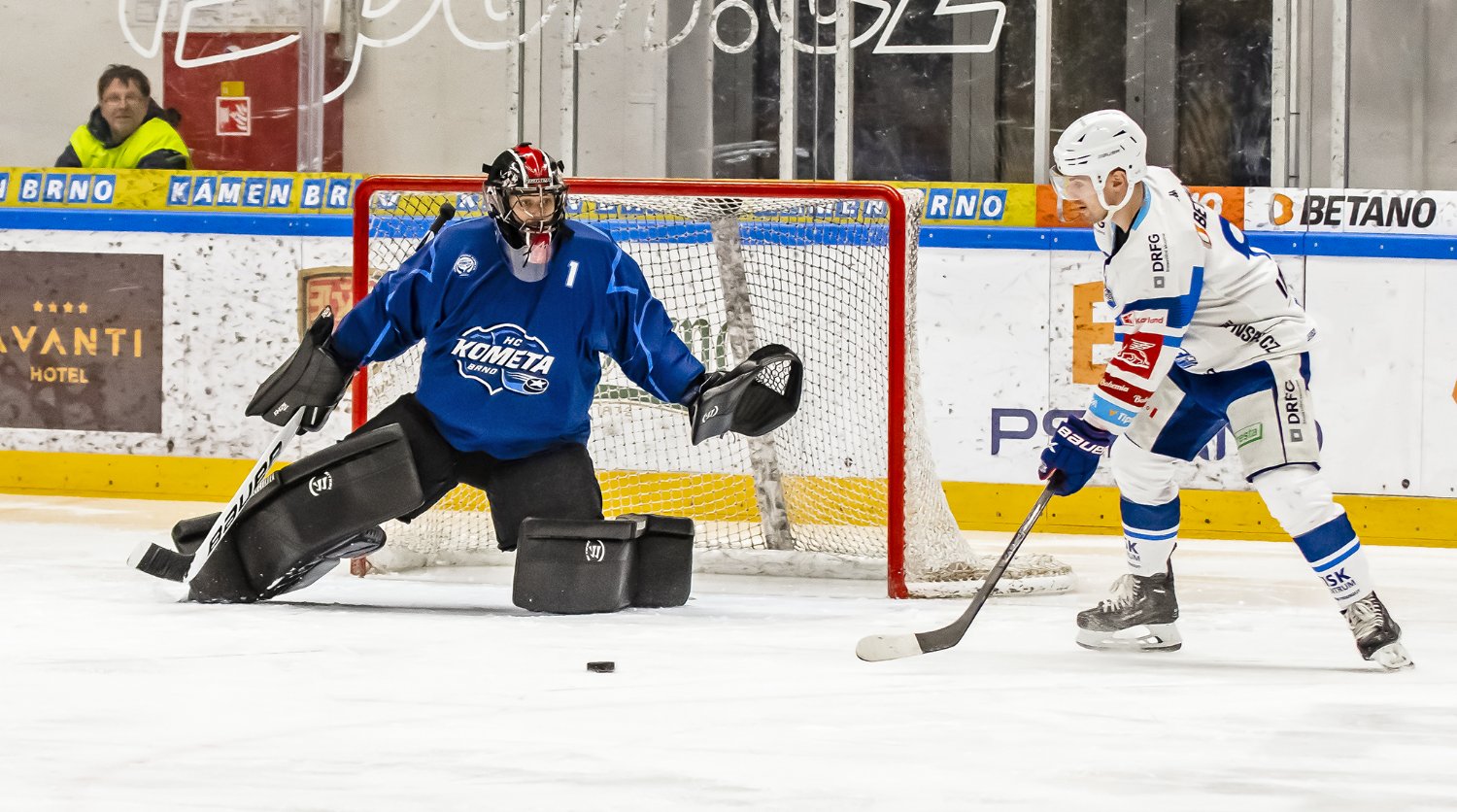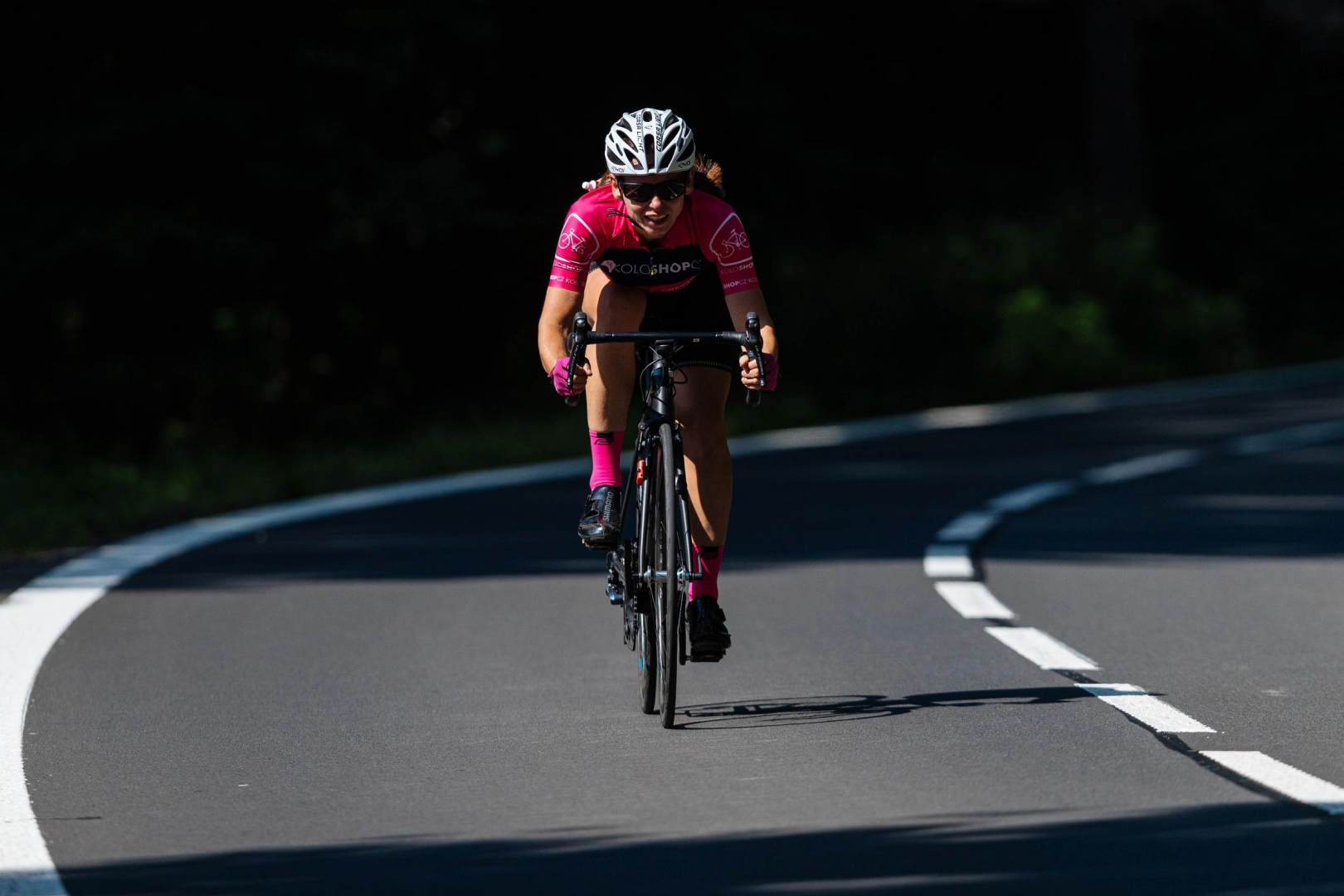On the occasion of the upcoming World Ice Hockey Championship, we want to focus on the remarkable phenomenon of hockey masks and take a look at the illustrations of goalie masks by Jan Šrámek, who teaches at the Faculty of Fine Arts of the Brno University of Technology. For a long time, Šrámek's artworks have focused on Czechoslovak architecture and public space in the post-World War II period. Based on archival materials, he creates illustrations of buildings that no longer exist. In collaboration with others, the artist also makes books for children and young people. Jan Šrámek also works as a VJ under the moniker VJ Kolouch.
.jpg)
To these activities, we can add illustrations of iconic masks of famous hockey goalies from the 1970s-1990s NHL. The very first in this series is a mask of Canadian Michel Dion from the early 1980s when he was a goalie for the Pittsburgh Penguins. His mask was unmistakably original in its time. Apart from its striking imitation of the penguin's beak, which is the animal the Pittsburgh hockey team is named after, Dion’s elongated mask reminds Šrámek of a medieval plague doctor, and since Dion's was one of his favourites, he began his series of illustrations symbolically with this particular one.
Šrámek chooses goalkeeper masks he believes have had a major influence on the development of the industry. He created illustrations of John Vanbiesbrouck's goalie masks from his time with the Florida Panthers. This was followed by the masks of Felix Potvin, Mike Richter, Grant Fuhr and Martin Brodeur. The goalie series now numbers six completed illustrations, with four more currently in progress, that will portray the masks of Gerry Cheevers, Curtis Joseph, Patrick Roy and Ken Dryden.
.jpg)
Jan Šrámek uses openly accessible photos of the players from past games as reference for his illustrations. The artist first makes a preparatory sketch of the composition in pencil and then develops the illustration on the computer using vector graphics. He then prints the illustrations using Risograph technology. "By printing on a Risograph, the digital illustration gets the right depth and unique texture, and thanks to the machine's properties each individual print is essentially original", the author explained to Sport in Art magazine.
Šrámek came up with the project during the Covid-19 pandemic, when he suddenly found free time to put together something he had been carrying in his head for a long time. He explains: “I had the idea for the series a long time ago, but I never had the space for it before.
„
Instead of playing hockey, which I used to do about four times a week, I would go running and I started working on the project of illustrating goalie hockey masks.
The series is the artist’s second project where the theme of hockey makes an appearance. In 2018, Jan Šrámek created a drawing of legendary Czechoslovak goalkeeper Vladimír Dzurilla for Magnus Magazine, inspired by a photograph from 1974, when Dzurilla was a goalie for Zetor Brno. The illustration shows Dzurilla wearing an older type of mask resembling a "dog muzzle", made of laminate and epoxy resin. As Jiří Stránský writes in his book that focuses on the history of goalie hockey masks (The Mask. The History of the Use of Goalie Laminate Masks in Czechoslovak Hockey, Czech Hockey Archive, 2022), Dzurilla was, among other things, an avid river-sailor and, due to needing to frequently repair laminate boats, he learned to work with the material. According to Stránský, it cannot be confirmed or ruled out whether the athlete made any of his numerous masks himself.

Šrámek admits that Vladimír Dzurilla was his favourite player when he himself played hockey for HC Kobra Praha as a boy. He was also a fan of Dominik Hašek and Bohumil Modrý. Moreover, the artist has a special personal bond with Bohumil Modrý. Šrámek says: "In his time, Modrý was considered the best European goalkeeper and after the 1948 Winter Olympics he had a chance to become the first European goalkeeper in the NHL. Instead, he ended up in a uranium mine two years later, as a result of the fake trials that the former regime carried out in the 50s...I also have a personal relationship with Modrý because he used to be my grandmother’s handball coach during the Czech Protectorate and she told me a lot about him..."
Šrámek's illustrations present the goalie mask as a remarkable cultural artefact that is constantly evolving. The artist focuses on the symbiosis of the mask with the specific personality of the player and reveals his emotional connection to the reality he studies.
Since the time of its origin, the goalkeeper mask did not only have a functional role serving against serious injury to the face and head but was and still is a cultural and aesthetic artefact referring to the overall development of the visual culture and the personal preferences of specific players. The mask is an integral part of a player's identity, and we can learn a great deal about what or who the player in question associates their identity with from its design.
.jpg)
The mask functions also in another way. It carries a symbolic reference to the archetypal experience of a religious cult celebration known to us since ancient societies. Masking was then part of a ritual game to ward off evil forces. According to the famous theory of the Dutch cultural theorist Johan Huizinga, collective sport emerged from cult-ritual games. The sports mask preserves a relic of this archaic experience on a subliminal level. Therefore, the artistic form of the mask, including the use of mascots, most often animal figures that are supposed to bring good luck to the sports club, is also of great importance in hockey.
Jan Šrámek currently plays for the Fan Klub team of the HC Kometa Brno and participates in amateur competitions for former hockey players - and as he says - he has completely fallen for the sport. His goalie masks carries illustrations of four Czechoslovak goalies - Modrý, Dzurilla, Hašek and Mrázek. He admits that due to superstition he did not design the mask himself, but entrusted it to illustrator Jindřich Janíček, who is a hockey fan and whose artistic style he likes very much.

Jan Šrámek (1983) is a visual artist, illustrator and teacher. He runs the Video Atelier at the Faculty of Fine Arts of the Brno University of Technology together with Martin Mazanec. He is a double recipient of the Czech Grand Design Award in the category of Illustrator of the Year (2017, 2020). He is the author of the illustrations and co-author of the publications Pokrok nezastavíš, čéče! (2023), Jak si užít film (2022), Apolenka z modrotisku (2020), To je metro, čéče! (2019), Pražské vize (2018), Zvláštní okolnosti (2017), Pionýři a roboti (2016), Stručný glosář letenský (2016), Postavit domy nestačí: Vizuální kultura a veřejný prostor města Brna v období po druhé světové válce (2015), Ztracená Perspektiva (2012).





